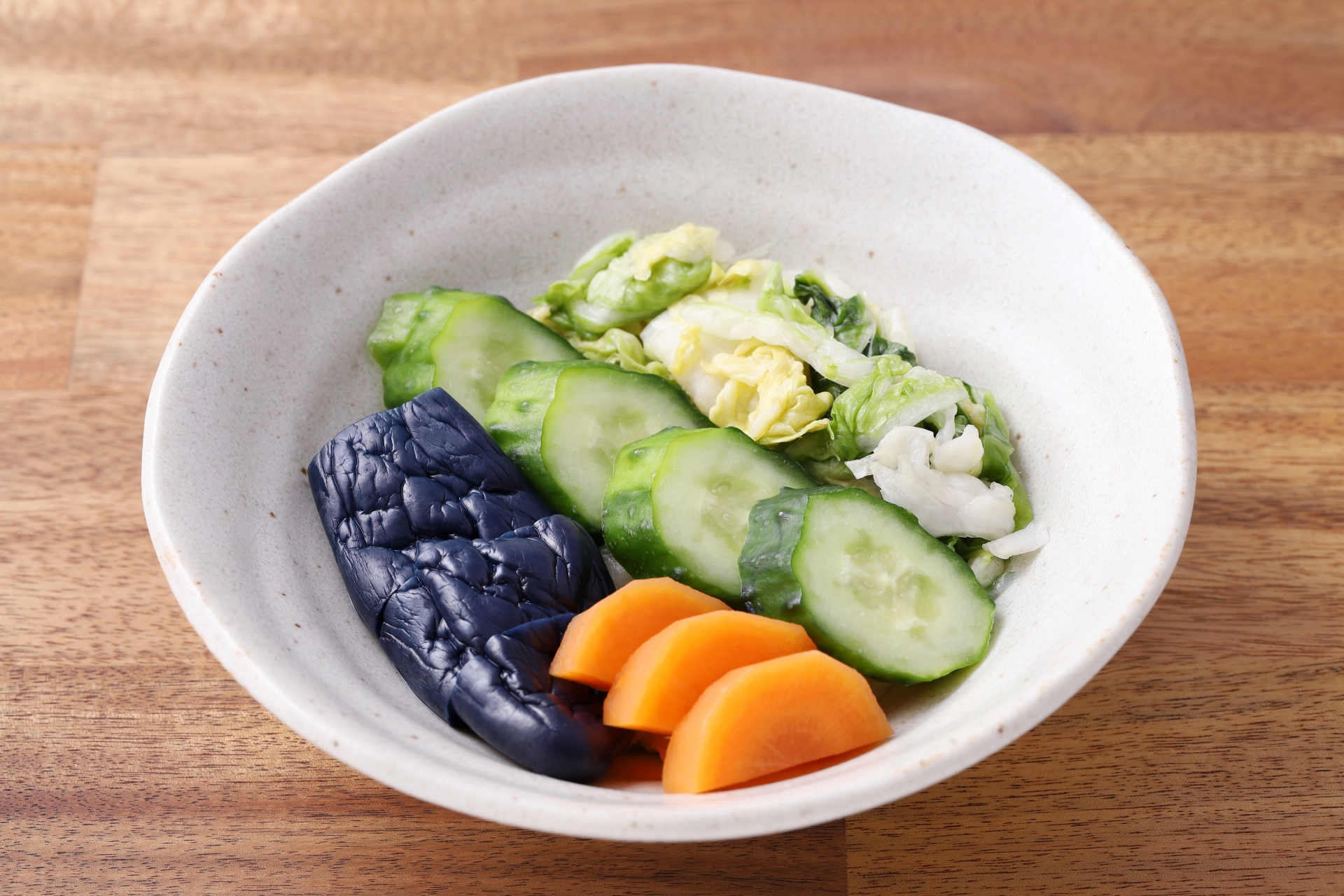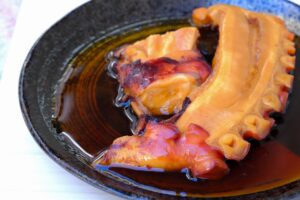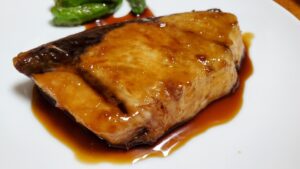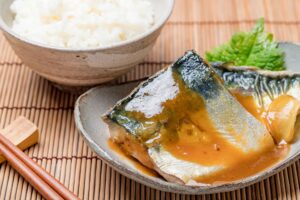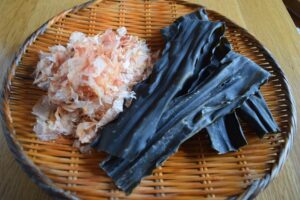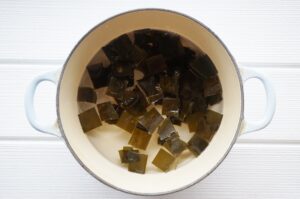Tsukemono, the colorful and flavorful Japanese pickles, are a staple in traditional cuisine and modern meals alike. From crunchy cucumbers to pungent daikon, tsukemono offers both taste and health benefits. This guide will walk you through what tsukemono is, how to make it, and how to enjoy it in your daily meals.
What is Tsukemono?
Tsukemono (漬物), which translates to “pickled things,” are traditional Japanese pickles that have been a fundamental part of Japanese cuisine for centuries. Derived from the verb tsukeru, meaning “to soak” or “to pickle,” tsukemono encompasses a wide variety of preserved vegetables that are typically served as a side dish, garnish, or palate cleanser. Historically, these pickles were crucial for preserving vegetables before the advent of refrigeration and were especially vital during Japan’s long winters. Culturally, tsukemono embodies the Japanese philosophy of seasonal eating and balance, often included in meals to provide contrast in taste, color, and texture. From rustic farmhouse meals to elegant kaiseki dinners, tsukemono remains a versatile and cherished element of Japanese dining.
Different Types of Tsukemono
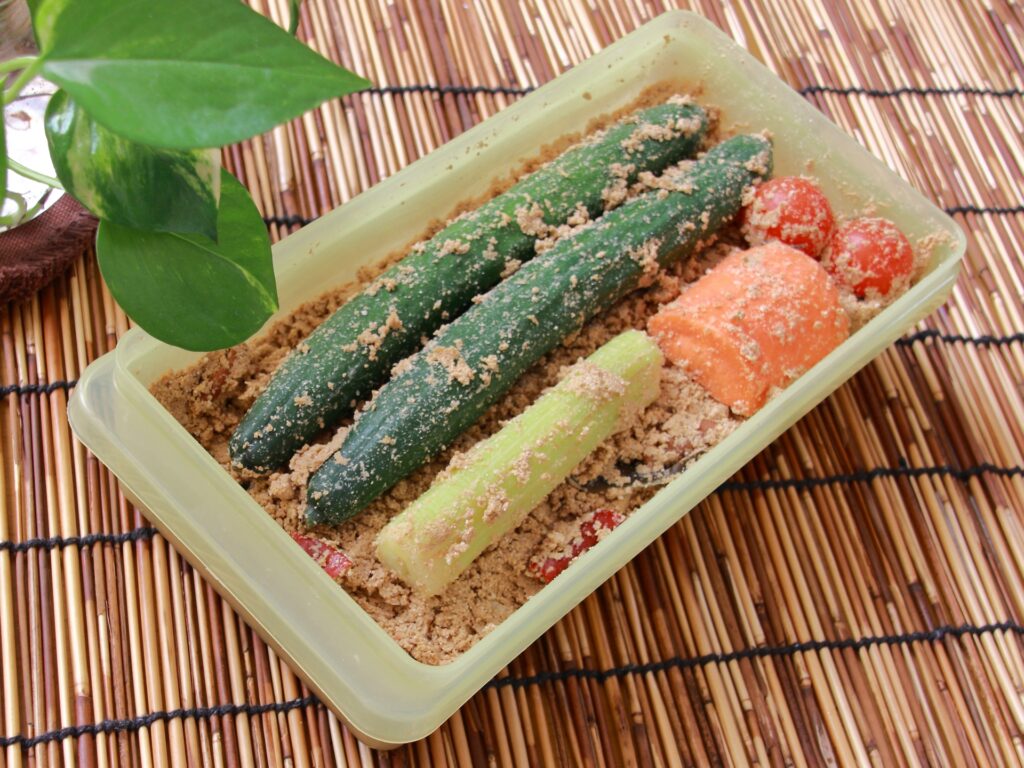
Tsukemono come in many varieties, each defined by its pickling method, base ingredients, and regional traditions. Below are some of the most popular types:
- Shiozuke (Salt Pickles): Made by simply salting vegetables. They are quick to make and highlight the natural flavor of the produce. Common veggies include cucumbers and cabbage.
- Suzuke (Vinegar Pickles): Uses rice vinegar and sugar to create a sweet-tart profile, similar to Western-style pickles.
- Nukazuke (Rice Bran Pickles): Fermented in a bed of rice bran (nuka), producing rich umami flavor and probiotics. Requires daily stirring.
- Misozuke (Miso Pickles): Vegetables are buried in miso paste for a savory, deep taste with subtle sweetness.
- Shoyuzuke (Soy Sauce Pickles): Immersed in soy sauce for a salty, umami-rich flavor.
| Type | Base Ingredient | Fermented? | Taste Profile | Common Vegetables |
|---|---|---|---|---|
| Shiozuke | Salt | No | Light, crisp, salty | Cucumber, cabbage |
| Suzuke | Vinegar | No | Sweet-sour | Daikon, turnip |
| Nukazuke | Rice bran | Yes | Earthy, umami | Carrot, eggplant, cucumber |
| Misozuke | Miso paste | Yes | Savory, deep | Tofu, daikon, eggplant |
| Shoyuzuke | Soy sauce | Sometimes | Salty, rich | Garlic, daikon |
How to Make Tsukemono at Home

Making tsukemono at home is both rewarding and surprisingly simple. Here’s a basic guide for beginners:
- Choose your vegetable: Cucumber, daikon radish, or napa cabbage are great starters.
- Clean and cut: Wash thoroughly and slice into uniform pieces.
- Salt rub or brine: Depending on the recipe, either rub with salt or submerge in a saltwater brine.
- Press or weigh down: Use a tsukemono press or a heavy object to remove excess water.
- Wait: Quick pickles can be ready in a few hours; fermented ones like nukazuke take several days to weeks.
Quick methods like shiozuke or suzuke are perfect for daily meals, while fermented varieties require more patience but reward you with complex flavors and health benefits.
Tools and Ingredients You’ll Need
- Tsukemono Press: Traditional pickle presses help press out moisture and ensure even pickling. A weighted bowl or zip-lock bag with a plate can substitute.
- Nuka (Rice Bran): Essential for nukazuke; can be bought online or at Japanese grocers.
- Miso Paste: For misozuke; white or red miso depending on desired flavor.
- Rice Vinegar and Sugar: Needed for suzuke.
- Sea Salt: Non-iodized salt is preferred.
- Glass Jars or Containers: Clean, airtight containers are key for freshness and preventing contamination.
Health Benefits of Tsukemono
Tsukemono are more than just tasty sides—they’re nutritional powerhouses. Many varieties, especially fermented ones like nukazuke and misozuke, are rich in probiotics, which support gut health by promoting healthy intestinal flora. They’re also low in calories and free from preservatives, making them a perfect snack or side for those on health-conscious diets. Additionally, tsukemono provides digestive enzymes that aid in breaking down food, and their high fiber content supports regularity. Some research even suggests that fermented pickles can help strengthen the immune system and improve nutrient absorption.
Tsukemono vs. Other Pickles (Kimchi, Sauerkraut, etc.)
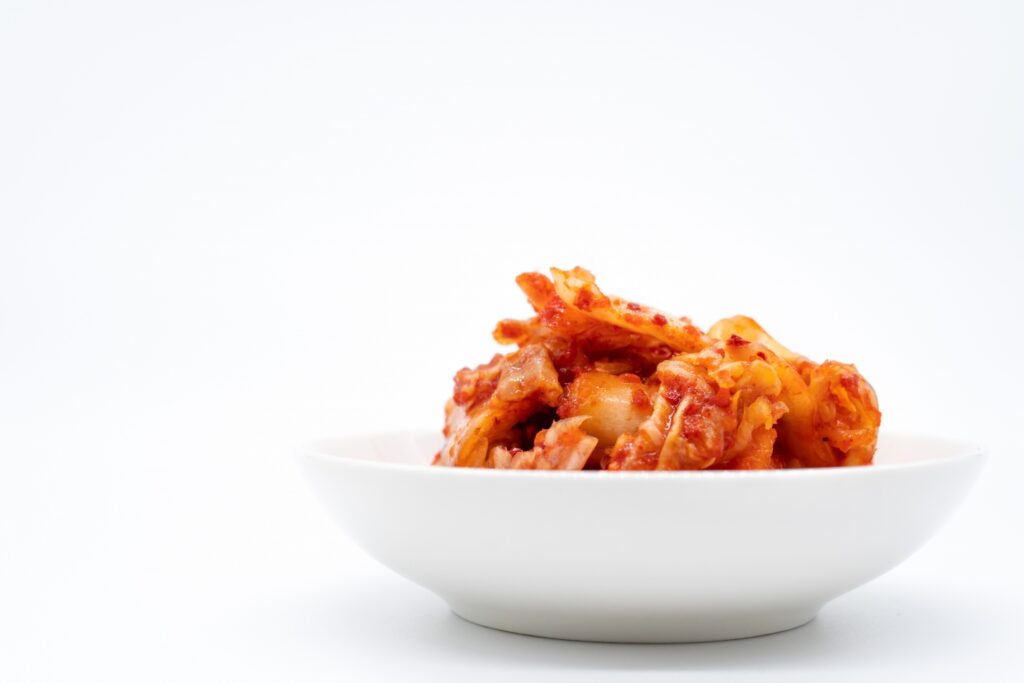
While tsukemono shares similarities with other global pickles, it stands out in several ways:
| Feature | Tsukemono | Kimchi | Sauerkraut |
| Origin | Japan | Korea | Germany |
| Fermentation | Optional | Yes | Yes |
| Spice Level | Mild to none | Spicy | Mild |
| Flavor Base | Salt, miso, soy | Chili, garlic, fish | Salt |
| Common Use | Side dish, garnish | Main/side dish | Side dish |
Tsukemono is generally milder and more varied in preparation. Unlike kimchi, it often lacks spice, making it more approachable for those sensitive to heat. Compared to sauerkraut, tsukemono offers more textural variety and flavor customization through different pickling agents.
Creative Ways to Eat Tsukemono
Tsukemono isn’t just for rice and miso soup. Here are some modern and creative ways to incorporate it into your meals:
- Sandwiches: Add crunch and tang to veggie or grilled tofu sandwiches.
- Salads: Chop tsukemono and toss with leafy greens for a probiotic boost.
- Ramen: Top your noodle bowl with nukazuke or misozuke for added depth.
- Charcuterie Boards: Offer tsukemono alongside cheeses and crackers as a unique, umami-packed option.
- Rice Bowls: Use as a topping for donburi or poke-style bowls.
- Wraps and Tacos: Bring a Japanese twist to tacos by adding shredded pickled daikon or carrot.
FAQs About Tsukemono
What is tsukemono made of? Tsukemono is made primarily of vegetables (like cucumber, daikon, cabbage), salt, and other seasonings like miso, vinegar, soy sauce, or rice bran.
Are tsukemono fermented? Some types are, like nukazuke and misozuke. Others, like shiozuke or suzuke, are quick pickles and not fermented.
What are the benefits of tsukemono? They aid digestion, contain probiotics (if fermented), are low in calories, and add flavor and texture variety to meals.
Can I make tsukemono at home? Yes! With basic ingredients and tools, even beginners can make simple tsukemono at home.
What are the most popular types of Japanese pickles? Shiozuke, nukazuke, suzuke, misozuke, and shoyuzuke are among the most common.
Conclusion: Why You Should Try Making Tsukemono Today
Tsukemono offers a delicious blend of tradition, nutrition, and culinary versatility. Whether you’re a fan of Japanese cuisine or simply looking for new ways to support gut health, these pickled delights are worth exploring. They’re easy to make, customizable to your taste, and can elevate everything from rice dishes to modern salads and sandwiches. Start with a quick cucumber pickle today, and before you know it, you might be fermenting your own nukazuke at home. Embrace tsukemono, and bring a piece of Japanese heritage to your kitchen.

